THE GREAT BEAUTY. Sorrentino’s modern masterpiece
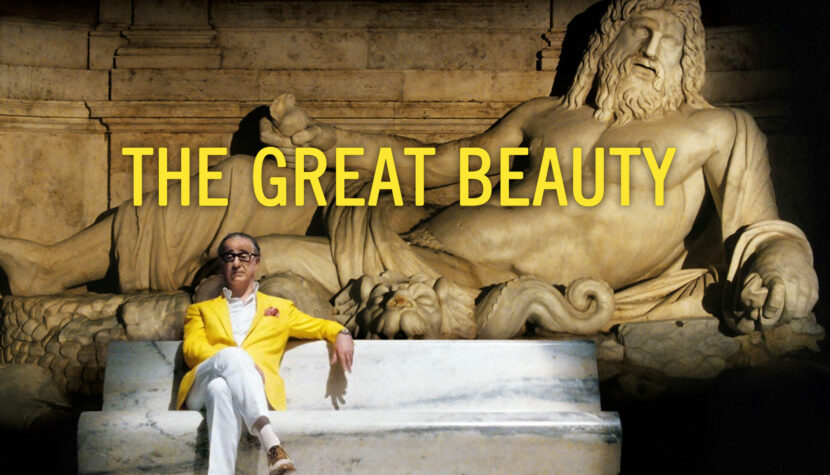
References to Fellini’s style are successful and certainly do not pigeonhole the author of The Great Beauty as a copyist of someone else’s style. Sorrentino treats us to excellent cinema and operates with a great film style, the result of which is his latest work.
The Great Beauty presents another incredible and strange character: alongside Giulio Andreotti (The Divine) and Cheyenne (This Must Be the Place), we now have Jep Gambardella. He’s another original whose life and attitude serve as a pretext to showcase the decline of values in contemporary society. It starts with a “postcard” view of Rome: we receive a moody, elegant, and somewhat unsettling introduction to the action unfolding in the modern Italian city, proudly bearing traces of antiquity. And from this gentle and atmospheric scene, we move to a “blast” of a party: the handsome and well-groomed Jep Gambardella is a well-known and respected journalist celebrating his 65th birthday in style. These birthdays mark the beginning of reflections on the meaning of life and its transience, as well as an opportunity to sum up life’s successes and failures. The journalist’s advanced age doesn’t physically affect him, but rather troubles him mentally, or at least begins to prompt reflections on life.
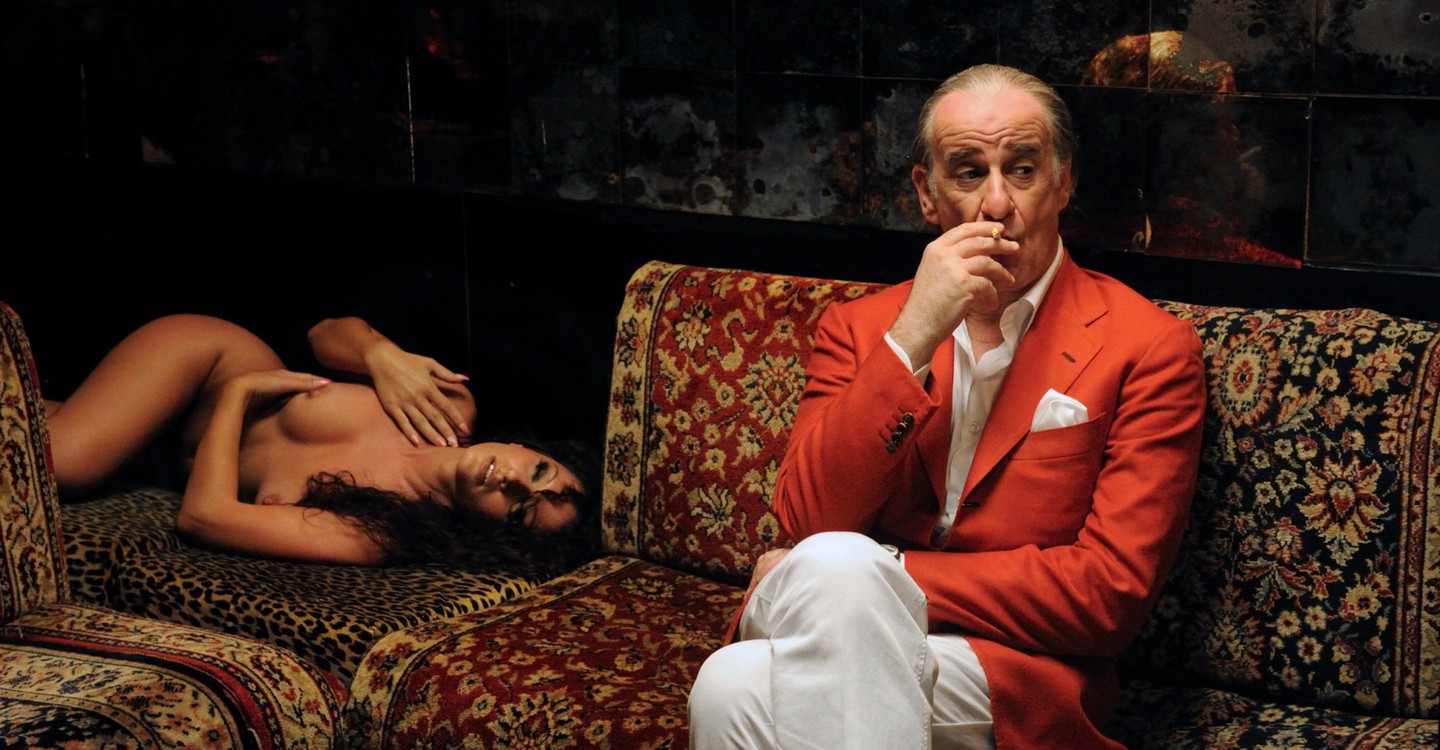
As Jep strolls through beautiful Rome, he reflects and reminisces. His musings revolve around love, death, and transience. Gambardella’s reflections also concern his profession, writing, and the people around him. The journalist evokes memories from his youth and confronts them with the contemporary consequences. What has he achieved? Can his life as a celebrity and author of one great book be considered successful? These reflections resonate in conversations between the main character and his friends and colleagues, within his circle – artists, businessmen, primarily the wealthy. Jep is presented against the backdrop of his environment, where he has lived in Rome for years. The people around him – the elite wealthy – illustrate a crisis of values: morality, ambitions, emotions, interpersonal and familial relationships falter. Betrayals, lies, gossip, communication problems accompany life. Creative exhaustion has overcome art and artists.
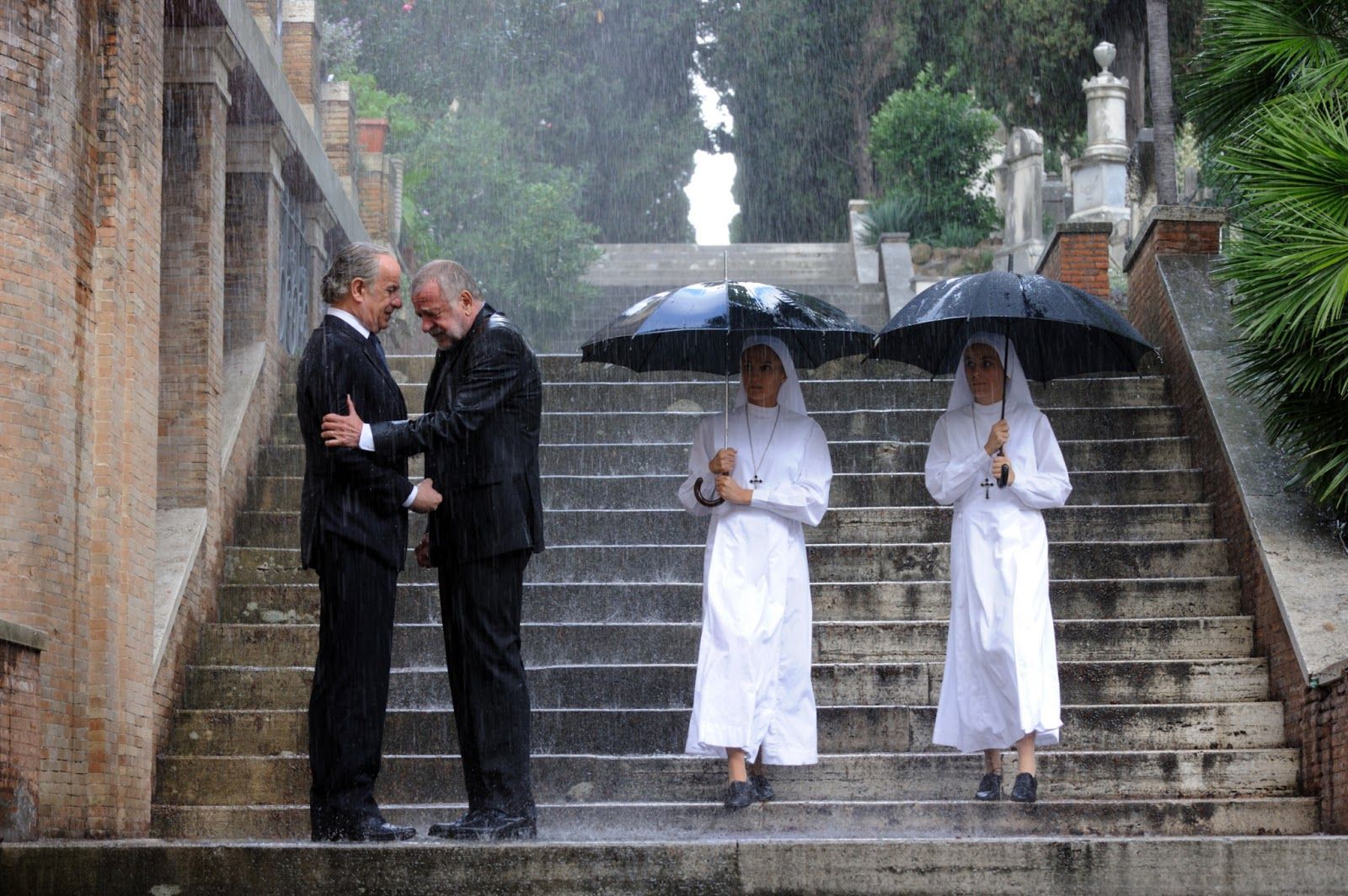
The brilliance lies in the way this crisis is presented. Essentially, Sorrentino tackles a timeless topic but does so captivatingly. The director employs exaggeration – caricature and grotesque – in the form and content of the film. He ridicules the depicted environment. The Great Beauty combines elements of tragedy and comedy. We witness death, mourning, illness, crisis, but in an ironic version, mocking the depicted environment and its representatives. For example, we have the opportunity to see: an artist who cannot give a coherent interview because she cannot explain the message of her performances, a helpless mother and her mentally ill son, Jep’s boss – a dwarf – working in a rather strange office, the daughter of a long-lost friend of Jep’s, who is a 50-year-old stripper. There’s always some eccentric element that surprises us, someone’s strange behavior, absurd dialogue.
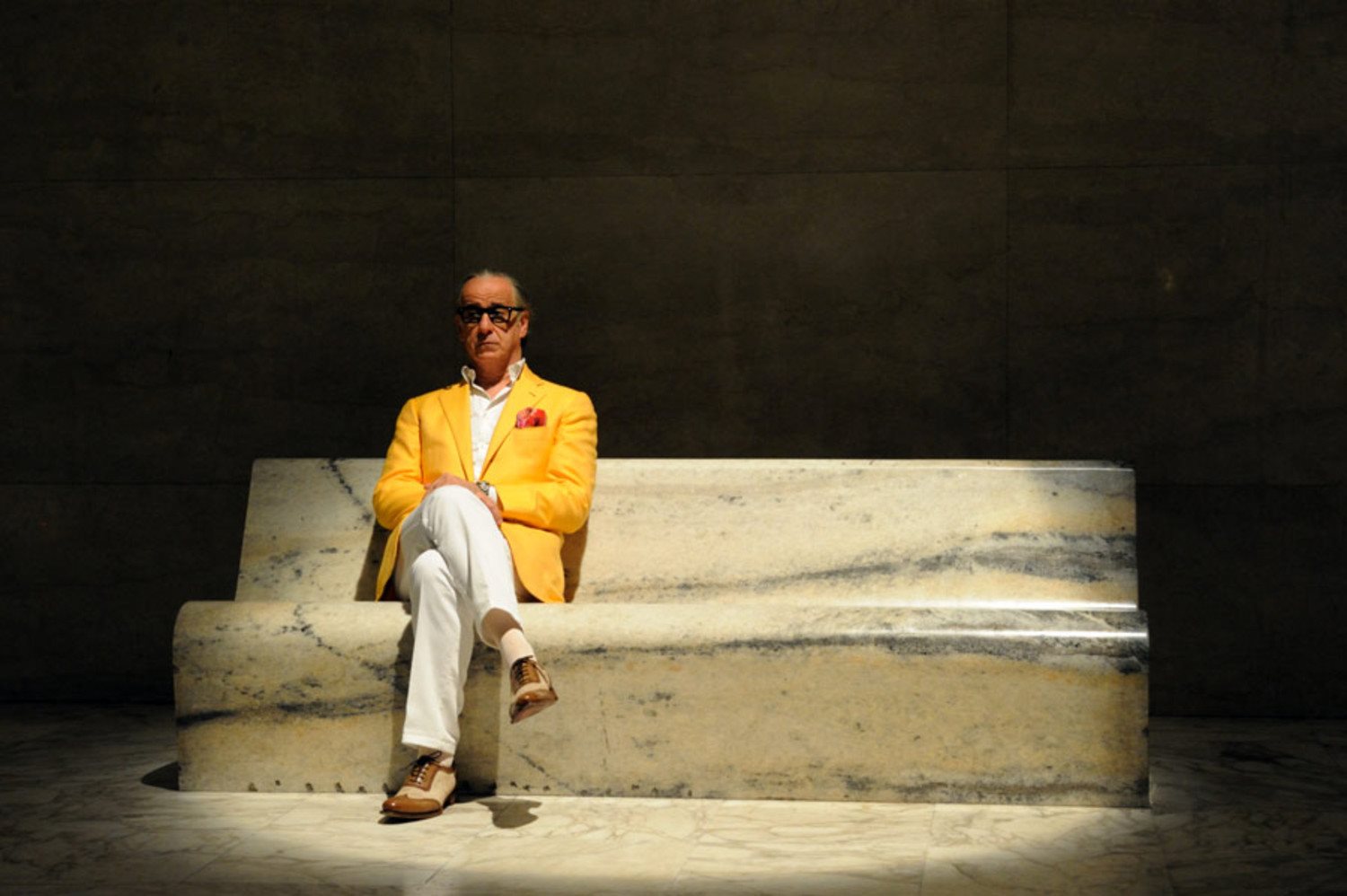
In The Great Beauty, Sorrentino shows the mechanisms governing the world of successful people and the wealthy, or rather the remnants of these mechanisms. This environment is pierced by spiritual emptiness, boredom, mental exhaustion, and parties or gossip allow them to forget momentarily about the meaninglessness of existence. A curious symbolic reflection of today’s times is theatrical performances and happenings observed by the characters and us. They are characterized by brutality and violence, abstraction and conceptualism balancing on the edge of absurdity. The performances depicted in the film allude to the theme of transience and today’s trend of youthfulness.
Sorrentino complicates the form of his film. Editing, cinematography, camera movement, lighting and narration create a simple story, but to decipher it, we must participate in the aesthetic masquerade proposed by the director to the viewers. He encourages us to interpret metaphors, associations created through editing, cinematography, and exaggerated content. At times, the film becomes like a music video. In scenes of parties and banquets, crowds of exuberant partygoers dance to pulsating disco music, lights and images flicker, the world around ceases to exist. Among the crowd of extras, we spot the main characters of The Great Beauty, led by Gambardella.
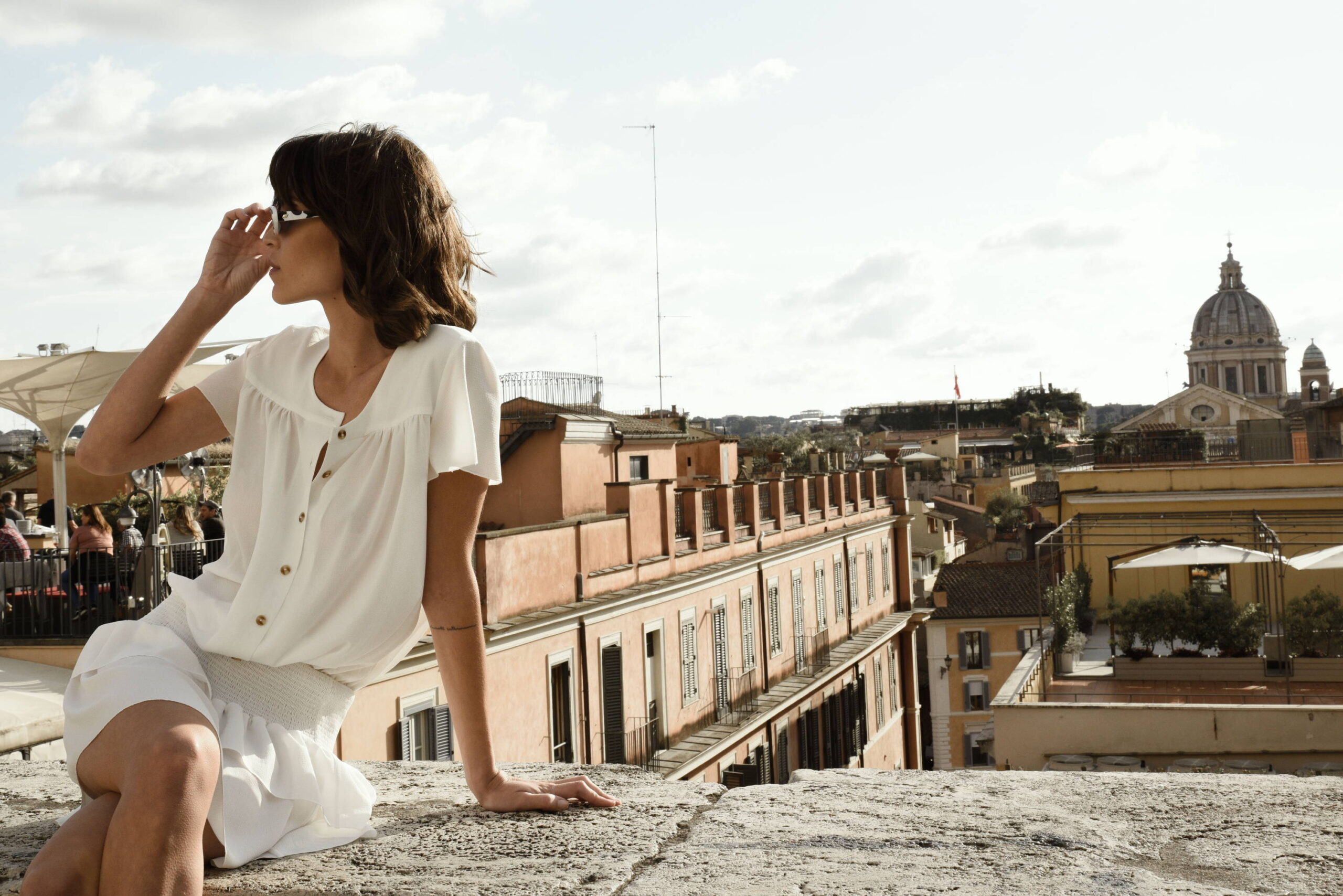
Scenes with pulsating music, edited from short shots, contrast with scenes that slowly and horizontally depict Rome and its ruins. Of course, these ruins take on symbolic significance in the context of the film’s theme. Roman fountains, statues, buildings, alleyways are bathed in greenery, among them strolls and ponders Jep, and in this ancient museum also lies his apartment, workplace, friends live. The ruins of Rome are the “home” of ruined people who vegetate in this surrounding great beauty.
The main actor – Toni Servillo – who has collaborated multiple times with the creator of The Great Beauty, is excellent in his role once again. His face portrays cynicism mixed with stoicism. Behind the mocking face of an elegant older man lies a turmoil of thoughts, memories, and emotions. Gambardella is the fascinating center of the film. But it must be admitted that the entire cast (including supporting actors and even extras) maintains a high level of performance. Guided excellently by the director, the actors, thanks to well-developed roles, convey the intended atmosphere of the caricatured environment.
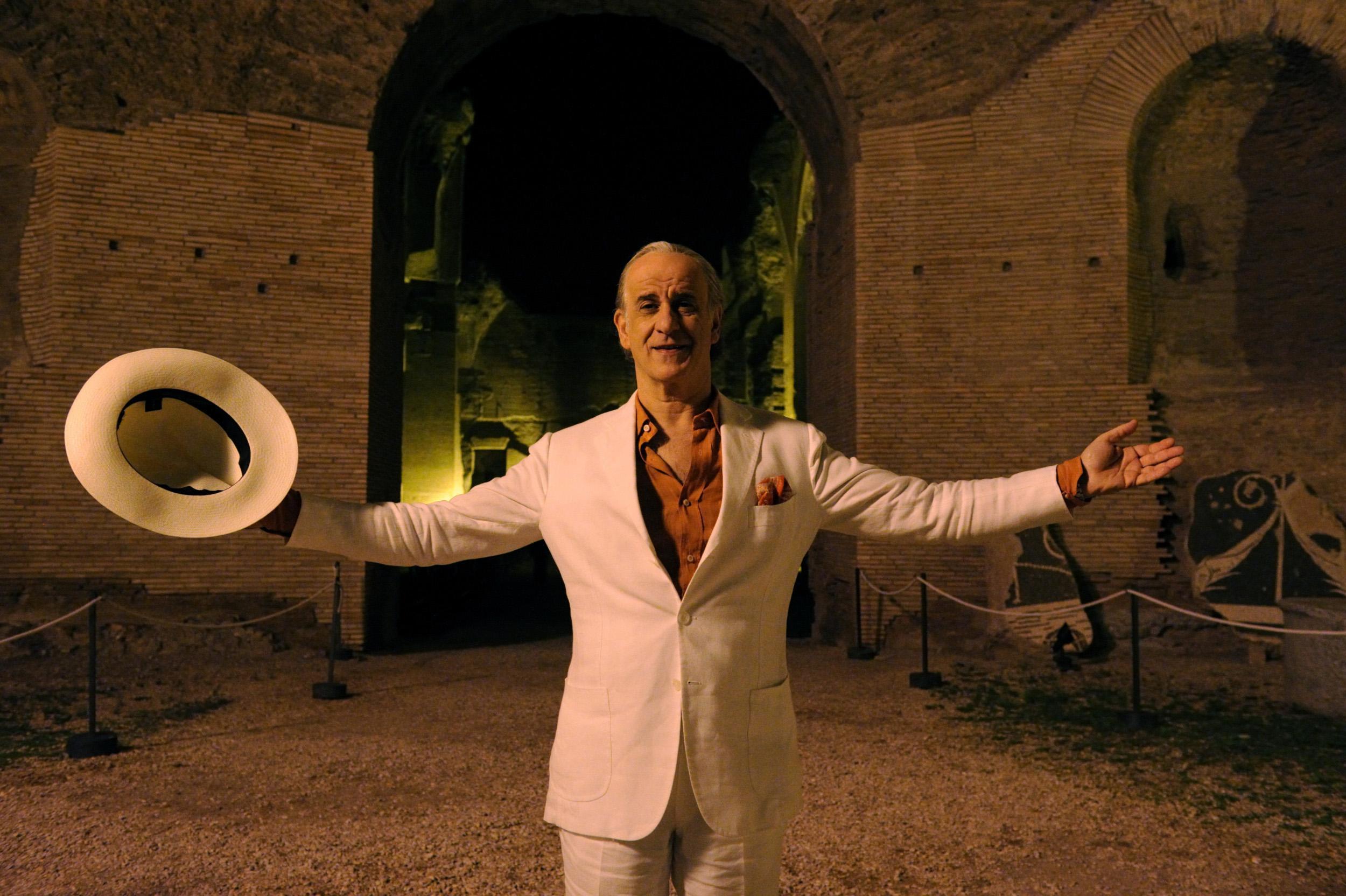
In Sorrentino’s film, which portrays the caricatured nature of contemporary humanity, there is something hypnotic that makes it impossible to look away from the screen. And it’s no wonder The Great Beauty was recognized by the juries of several film festivals, including being awarded four statuettes by the European Film Academy (for Best European Film, Director, Actor, and Editing).
Words by Ewelina Swieca.

